
The first Marvel’s Spider-Man game released in 2018 and introduced a few playable characters other than Spider-Man. These were Peter Parker, Miles Morales and Mary Jane. While playing as a non-Spider-Man character, most of the gameplay was focused on stealth where the main idea was going from cover to cover without being spotted by enemies. The game does provide players with a stun gun towards the end of the game but by that time, it is too late for players to change their expectations from these missions. Relying on this setup alone for majority of the stealth missions got repetitive, slow and outright frustrating for a lot of players.
The new installment in the franchise; Spider-Man 2; still has these stealth missions, though they are now mainly focused on Mary Jane. The new game tries to address the frustrations of the stealth missions in the previous game by adding a couple of stealth mechanics right from the start where the objective is still to go cover to cover without being spotted, but now, Mary Jane is able to distract enemies and take them down with a stun gun. With these new additions, a group of players feel that these missions have become tolerable yet others are still frustrated with the experience.
Mission flow and gameplay
To provide some context for these missions, let us take a look at a typical Mary Jane mission flow. She is an investigative journalist, so her missions follow a generic stealth mission structure. This structure holds true for majority of the missions in both the games.
- Infiltrate a facility or accidentally get trapped in a facility

2. Avoid getting spotted and reach a particular room (that holds valuable information or clues on how to get out)
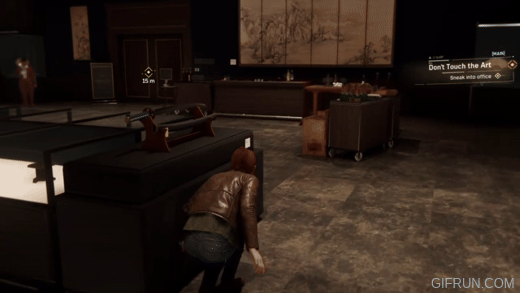
3. Search the room for clues
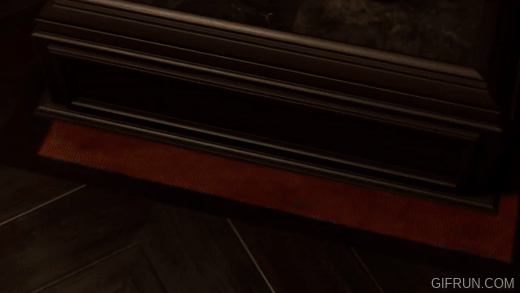
4. Escape the area by avoiding more guards or get detected by enemies and Spider-Man will come to save her

Now with this context, we can start to understand the design of these missions further. We will break down this article into four sections by asking the following questions:
- Why are these missions necessary?
- What are the major reasons for player frustration?
- How does the second game improve on the first one?
- What are some potential solutions to improve these missions in the future?
1. Why are these missions necessary?
We’ll take a look at a couple reasons to answer this question. All of the reasons discussed below hold true for both the first and the second game.
I. Theming
II. Breaking monotony
I. Theming
Mary Jane missions seamlessly integrate with the narrative as we take on the role of Spider-Man’s girlfriend and close aid, the second most popular character in the Spider-Man universe. The inclusion of these missions in the Spider-Man universe serves a dual purpose. Firstly, these missions narratively serve Spider-Man with clues to progress further in his own missions. Secondly, players get a very human and grounded perspective to the high speed world of Spider-Man, through the eyes of an investigative journalist.

II. Breaking monotony
Amidst the exhilarating combat sequences of Spider-Man, the Mary Jane missions act as a refreshing break, preventing the gameplay from descending into repetitive monotony of combat. Shifting the focus to stealth-based challenges adds diversity to the gaming experience, ensuring players remain engaged and intrigued.

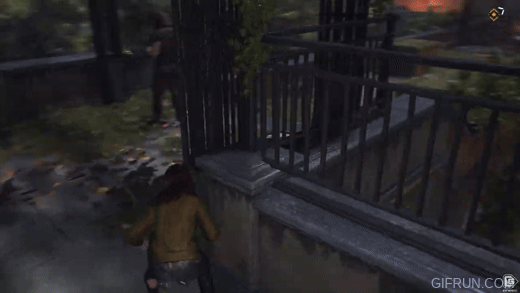
2. What are the major reasons for player frustration?
All of the reasons discussed below hold true for both the first and the second game.
I. Complete pacing shift
II. Change in the Core Fantasy
III. Connecting with the Character
IV. Character Development
V. Transfer of skills and break in progression
I. Complete pacing shift
The transition from high-speed combat to slow paced stealth missions completely changes the experience for the player. In theory, it should provide a breathing moment for the player but the lack of tools in the player’s arsenal, especially evident in the first game, elevate the tension a lot more than what players expect from these games. The shift in pacing transforms the game from an action-packed thrill to a more methodical, strategic experience which is not what the players usually want from a Spider-Man experience.

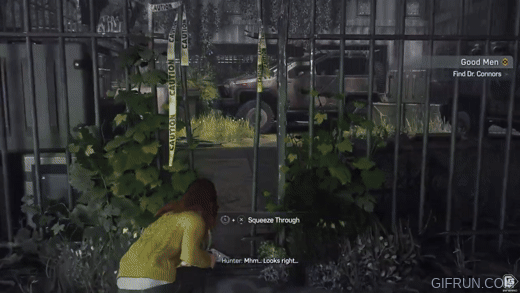
II. Change in the core fantasy
Many players are drawn to the Spider-Man game for the core fantasy of embodying the iconic superhero. In contrast, the Mary Jane missions can be frustrating because the players are playing as a character that they do not aspire to play as. Most people don’t really fantasize about playing a game only as an investigative journalist, with a very limiting toolset, in a fast-paced action-packed game. These stealth-oriented segments divert attention from the traditional combat-centric gameplay, altering the essence of the Spider-Man experience.
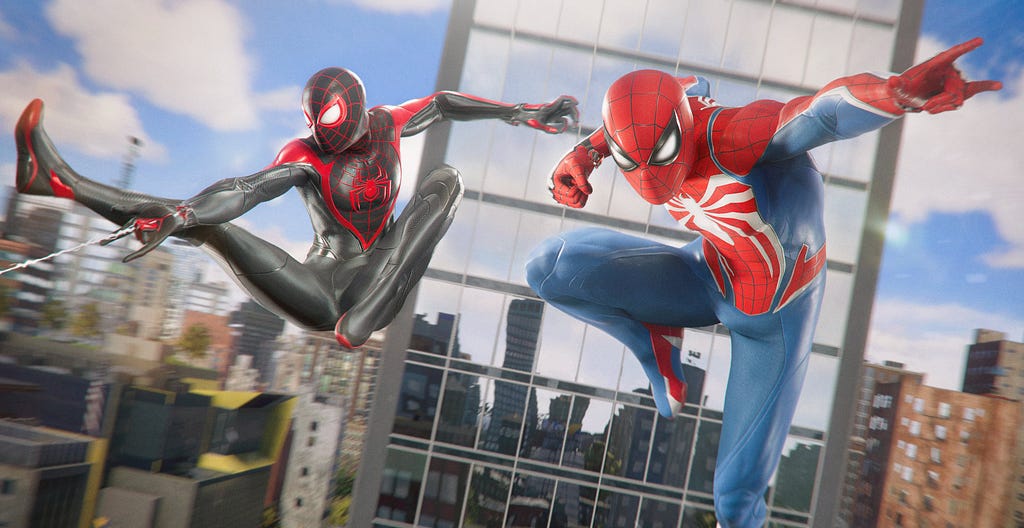
III. Connecting with the character
Another challenge lies in players’ limited connection with Mary Jane. Unlike Peter Parker, whose multifaceted life is explored, Mary Jane’s character lacks similar depth in the game. The absence of a deeper backstory for Mary Jane makes it harder for players to empathize with her and understand the necessity of these missions.
IV. Character development
Mary Jane’s missions should ideally contribute to her character development. However, in practice, these missions often fall short in giving her a character arc, focusing predominantly on her relationship with Peter Parker. The disconnect between Mary Jane’s actions and her tangible character growth can further lead to player disconnect and a questioning of the missions’ narrative significance.
V. Transfer of skills and break in progression
In the intricate world of video games, player progression often comes hand-in-hand with skill enhancement. Spider-Man, particularly in its second installment, showcases an exemplary transfer of skills between characters — Peter Parker and Miles Morales. Shared button inputs and similar abilities allow players to seamlessly transition skills acquired with one Spider-Man to the other.
However, a notable divergence exists when it comes to Mary Jane missions. The skill transfer observed between the two Spider-Men is absent in Mary Jane’s gameplay. The skills used during Mary Jane missions often find little to no application in the other stages of the game unless the player revisits her character. None of the abilities or maneuvers learned while embodying Peter or Miles transfers to Mary Jane, and vice versa, creating a distinct break in the continuity of player skill development. These missions also do not help the player level up and only contribute to story progression. This lack of continuity in player progression and skill transfer can be frustrating for players who expect their acquired skills to have a broader impact on the overall gaming experience.
It’s worth noting that the first Spider-Man game managed this aspect more effectively, requiring the utilization of the same set of stealth skills for both Miles and Mary Jane, thus broadening the impact of these stealth skills while making them more meaningful and deeper.

3. How does the second game improve on the first one?
Apart from the reasons mentioned above, there were a handful of other pain points in the first game which the second game either fixed or improved upon.
I. Better sense of player agency
II. More forgiving missions
III. Introducing varied enemies
IV. Larger mission areas and lengths
V. More pathing interactions
I. Better sense of player agency
A notable evolution exists between the first and second games regarding Mary Jane missions. The introduction of a stun gun and lures right from the start in the second installment provides players with better sense of agency or control, allowing for varied approaches and reducing frustration. Furthermore, midway through these missions, the player also gets access to Spider-Webs that can be shot from the stun gun. These webs allow players to quickly stagger enemies for a few seconds, should they be detected, creating an opportunity to quickly run towards the staggered enemy and take it out.
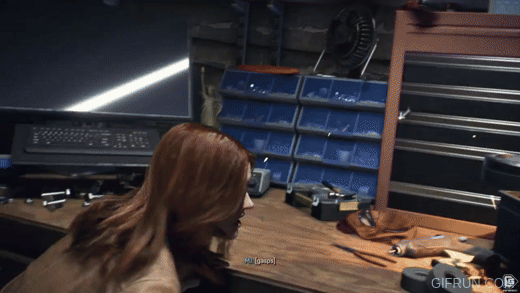
During the last mission the stun gun also converts to a long range sonic gun for MJ to be able to take out Symbiote enemies, essentially turning her from a stealth champion to a straight up shooter.

So if introducing a stun/sonic gun and stagger webs give more agency to the player and makes them feel in control of the mission, then why wouldn’t the designers look at other stealth games and add more mechanics from them to the Mary Jane missions? It is because adding more mechanics means more actions for the player to learn. These actions will not be useful while playing as Spider-Men or any other characters, therefore creating more mental load for the player in an already complex game. So even if designers want to give a ton of agency to the players, it would be hard to do so without asking them to learn and master a few more mechanics which will also be hard to remember since there is considerable gap of play time between these stealth missions.
II. More forgiving missions
In the first game, if an enemy catches the player, the game does not give the player any chance to recover and it leads to an instant mission failure. On the other hand, the second game allows players to quickly roll into cover even after being detected. The players also get a chance to hide or attack the enemies even if they are shot a couple of times giving the players more room for making mistakes and reducing mission repeats. Making the missions more forgiving and giving the player room to recover after getting detected allows the players to get through the missions quicker, thus reducing player frustration.



III. Introducing varied enemies
The evolution from the first game’s singular human enemy type to diverse adversaries, including robot dogs, adds a layer of complexity to Mary Jane missions. During her last mission she also gets to fight Symbiote enemies to further keeps her missions interesting. The variation in pathing patterns of different enemy types as well as their varied detection behaviors creates a fresh challenge for players during every mission, enhancing the overall gaming experience.



IV. Larger mission areas and lengths
A major level design issue with the Mary Jane missions in the first game was the limited size of spaces in these missions. These spaces were either tight corridors or rooms with hardly any interactions. This further reduced room for any player experimentation or recovery should the player be spotted. While there was one large mission area like the Grand Central station, majority of the spaces were small and tight.

The second game changes this formula and makes the mission spaces larger and more interactive. This gives players more agency to charter their own paths as well as more room for backtracking and recovery should they be spotted by the enemies. Larger spaces and more distance between covers also forces the player to move forward rather quickly, reducing idle time and giving the feeling of more progression with the same amount of playtime.
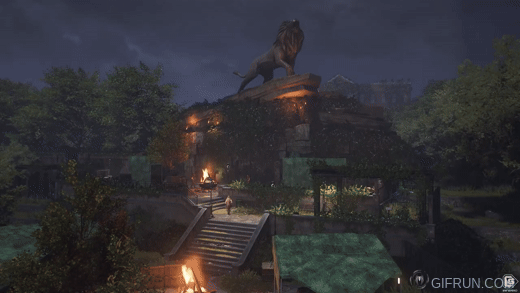
V. More pathing interactions
In the previous game, Mary Jane mission spaces are mostly flat. Moving from one floor to the next can be done only using stairs. Now this would mean that the players would only need to push the joysticks around to get from one point to the next without any obstacles in the way. This means less button inputs from the player per unit of time. Games get engaging by asking quick inputs from the player and reducing the overall input rate of the game during these missions directly reduces player engagement.


The second game addressed this issue by adding a lot more platforming to the level design of Mary Jane missions. Adding some platforming directly increases player engagement and keeps them focused on the gameplay. It is also worthy to note that these platforms can sometimes act as covers adding further depth to the missions’ level design.

4. What are some potential solutions to improve these missions in the future?
One proposed solution for future games in the Spider-Man series could involve introducing side missions or activities that leverage the stealth skills acquired during Mary Jane missions. This approach would not only enhance the transferability of skills but also diversify their applications, ensuring that the acquired expertise contributes meaningfully to the overall gameplay experience. It would also add another dimension to the open world activities of the game’s world.
To increase world cohesion and have some transfer of skills between Spider-Man’s and Mary Jane’s stealth missions, designers can introduce the use of Spider-Man’s gadgets like the remote controlled Spider-Bot in Mary Jane’s missions. This might skew the theming a bit since Spider-Men are the only ones that are supposed to be using them but it would not be too difficult to come up with a narrative cover as to why Mary Jane has a Spider-Bot, much like the stun gun she got from Symkarian soldiers (enemies in the first Spider-Man game).
In conclusion, addressing the issue of skill transferability in Mary Jane missions could significantly enhance the overall coherence of the gameplay experience. Whether through innovative mission design or character-specific activities, incorporating a mechanism for the seamless application of learned skills would undoubtedly elevate the Spider-Man gaming experience to new heights.
Game design analysis: The frustrations of Mary Jane missions in Spider-Man was originally published in UX Collective on Medium, where people are continuing the conversation by highlighting and responding to this story.

Leave a Reply